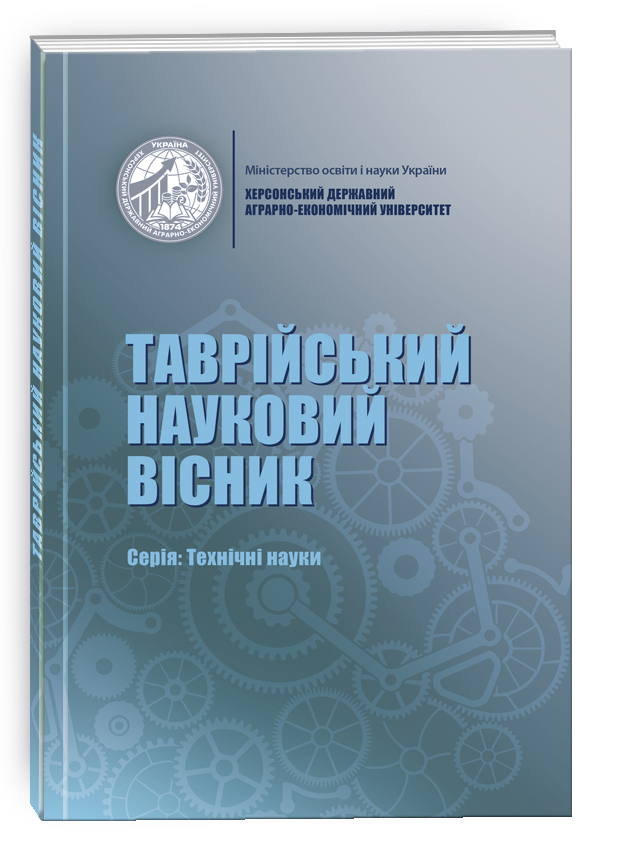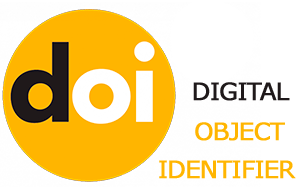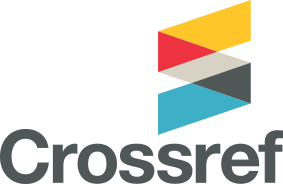ADVANTAGES OF USING THE GEOGEBRA SYSTEM FOR DISTANCE LEARNING IN ENGINEERING DISCIPLINES
DOI:
https://doi.org/10.32782/tnv-tech.2024.5.1Keywords:
distance learning, GeoGebra, graphical and analytical tasks, hydrology, hydrometryAbstract
Today, the use of information technology in the educational process of higher education institutions has become commonplace. At ONMU, distance learning is carried out using the Moodle LMS, which can be safely called the most popular in the world. The GeoGebra software package can be used as an integral part of this platform. The article discusses the advantages of using the GeoGebra system in the study of engineering disciplines in a distance mode on the example of teaching the course ‘Hydrology and Hydrometry’ for students of speciality 194 ‘Hydraulic Engineering, Water Engineering and Water Technologies’ at Odesa National Maritime University. Particular attention was paid to aspects of practical use of GeoGebra in solving graph-analytical problems. The GeoGebra software connects algebraic, geometric and tabular representations of the problem, which allows you to create a visual solution. This approach promotes the development of visual and creative thinking of students and is very convenient for conducting interactive practical classes, which is important in distance learning. The use of GeoGebra in solving storytelling and applied problems promotes the development of students' creative and intellectual activity. It allows you to visualise mathematical concepts, which makes it easier to understand complex topics. GeoGebra also supports interactive models that students can modify in real time, which helps to deepen learning and develop critical thinking skills. GeoGebra's compatibility with the Moodle LMS allows you to check the file with students' calculations directly in Moodle, which is very convenient for the teacher for control and assessment. In addition, GeoGebra integrates with Moodle, allowing you to save the status of completed tasks, track student progress, which significantly increases the efficiency of the learning process and facilitates the management of educational materials.
References
Fida Nisaa Kusnadi, Endang C. M. Asih. GeoGebra on students’ engagement in mathematics learning: A literature review The 8th Mathematics, Science, and Computer Science Education International Seminar (MSCEIS 2021). AIP Conf. Proc. 2734, 010001 (2023) DOI: https://doi.org/10.1063/12.0019319
Ракута В. М. Система динамічної математики GEOGEBRA як інноваційний засіб для вивчення математики. Інформаційні технології і засоби навчання. 2012. № 4 (30). URL: https://journal.iitta.gov.ua/index.php/itlt/article/view/892/687
Olivares, J. and Valero, E. Linear Homogenous Linear Differential Equations of Third and Fourth order through GeoGebra Software for Engineering Students. In: Proceedings of 2nd International Conference on Research in Teaching and Education, Budapest, 6-8 March, 2020, pp 7-19. DOI: https://www.doi.org/10.33422/2nd.rteconf.2020.03.34
V.P.Verhovod. Izuchenie kinematicheskoy geometrii ploskih mehanizmov vsisteme GEOGEBRA / Teoriya Mehanizmov i Mashin. 2010. № 2. Tom 10 URL: http://tmm.spbstu.ru/20/7_verkhovod_20.pdf.
Petra Shreiberova, Zuzana Moravkova. The use of geogebra in technical mathematics/ VSB-Technical University of Ostrava, Faculty of Mechanical Engineering. DOI: 10.17973/MMSJ.2023_03_2022112
Адамчук, М., Андреєвська, Г., & Федорова, К. (2021). Практика застосування динамічної геометрії GeoGebra в ЗВО при викладанні дисциплін будівельного напрямку. Вісник Одеського національного морського університету, (66), 60-73. URL: https://doi.org/10.47049/2226-1893-2021-3-60-73
Falcon, R.M. 3D Dynamical Geometry in Building Construction. In: J.L.G. Garcia ed. Proceedings of Technology and its Integration into Mathematics Education, Malaga, 6-10 July, 2010. Malaga: Universidad de Málaga, pp 1-18 URL:https://www.researchgate.net/publication/265972561_3D_Dynamical_Geometry_in_Building_Construction
Гриб'юк, О. О.; Юнчик, В. Л. Особливості використання системи GeoGebra в процесі навчання курсу «Математичні основи інформатики». Математика. Інформаційні технології. Освіта, 2017, 1.4: 34-49. URL: https://lib.iitta.gov.ua/707285/1/MITO_Yunchyk.pdf
Navetta A. (2016). Visualizing functions of complex numbers using Geogebra. North American GeoGebra Journal. 5(2), 17-25. URL: https://cutt.ly/EhOIfJw
Schoen R. (2011). Model-Centered Learning. Pathways to Mathematical Understanding Using GeoGebra. Sense Publishers, AW Rotterdam, The Netherlands, 257. URL: ttp://www.geogebra.es/pub/GeoGEbra_Model.pdf
Saha R. A. Ayub A. F. M., Tarmizi R. A. (2010). The Effects of GeoGebra on Mathematics Achievement: Enlightening Coordinate Geometry Learning. Procedia – Social and Behavioral Sciences, 8, 686-693. URL: https://www.sciencedirect.com/science/article/pii/ S1877042810022007
Yuliardi R. (2017). Mathematics Learning Assisted Geogebra using Technologically Aligned Classroom (TAC) to Improve Communication Skills of Vocasional High School Student. Journal of Physics: Conference Series, 895(1), 012156. URL: https://iopscience.iop.org/article/10.1088/1742-6596/895/1/012156/pdf
Ziatdinov, R. and Valles, J.R. Synthesis of Modeling, Visualization, and Programming in GeoGebra as an Effective Approach for Teaching and Learning STEM Topics. Mathematics, 2022, 10 (3), 398. URL: https://doi.org/10.3390/math10030398







